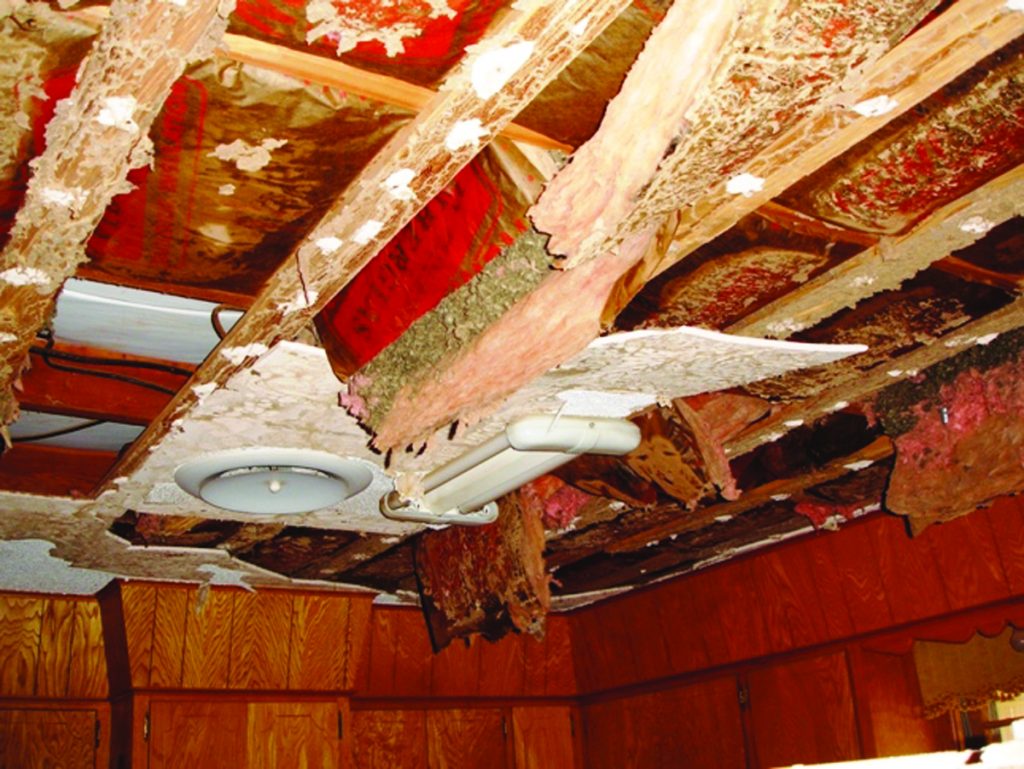Termites can cause significant damage to the ceilings of your home, leading to costly repairs and even potential health risks. Fortunately, there are several methods to prevent and protect your home from termite ceiling damage. In this article, we’ll discuss the various strategies you can use to protect your home from termite damage.
Types of Termites
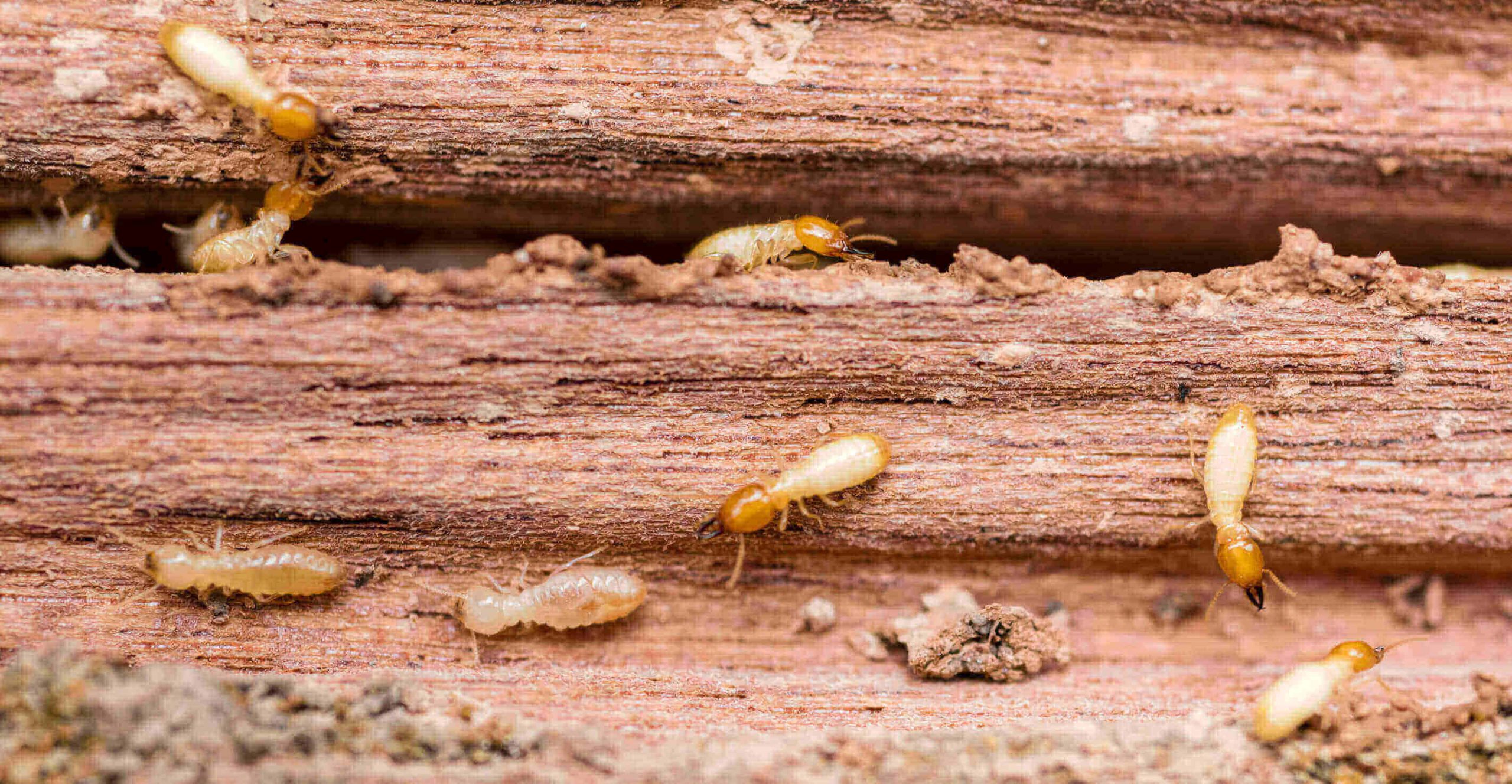
| Type | Description |
|---|---|
| Subterranean Termites | Live in colonies that may contain millions of members and build mud tunnels to reach food sources. |
| Drywood Termites | Do not require contact with soil moisture and often nest in furniture or structural wood. |
| Formosan Termites | Live in large colonies and are among the most destructive species of termite. |
Signs of Termites in Ceiling
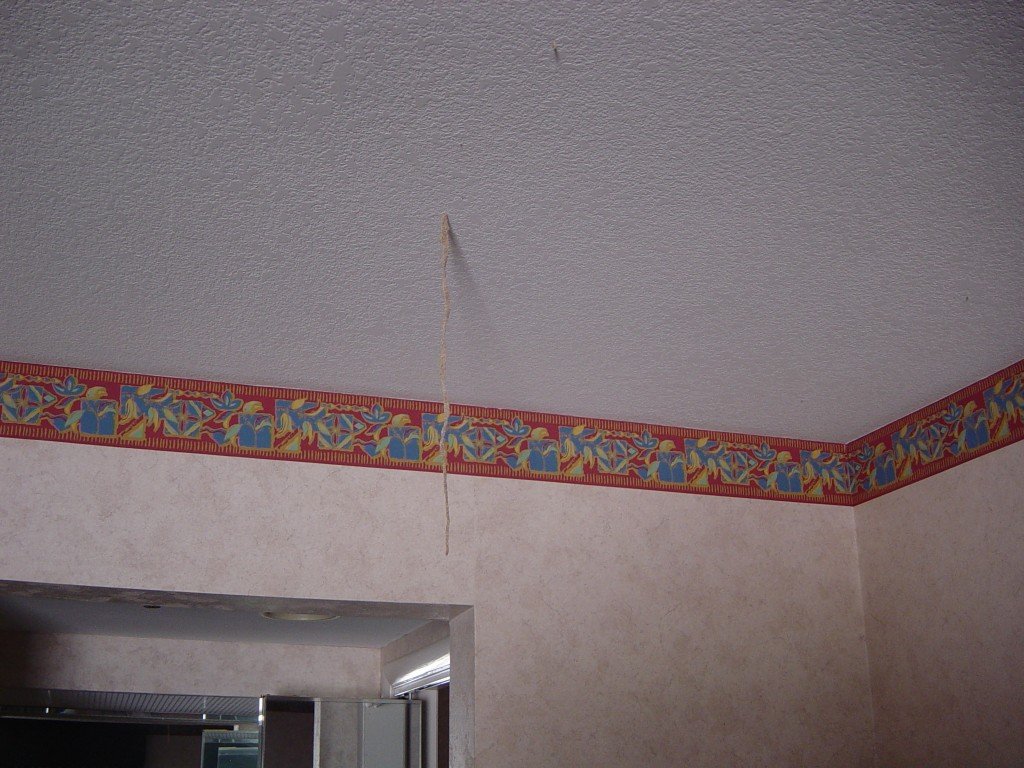
- Small, bead-like holes in the surface of the ceiling.
- Discoloration or staining of the ceiling.
- Mud tubes on the surface of the ceiling (usually appears as thin, flexible tubes of mud).
- Swarms of winged termites (swarmers) around windows and doors.
- Presence of termite droppings (often look like small piles of sawdust).
Prevention of Termites in Ceiling
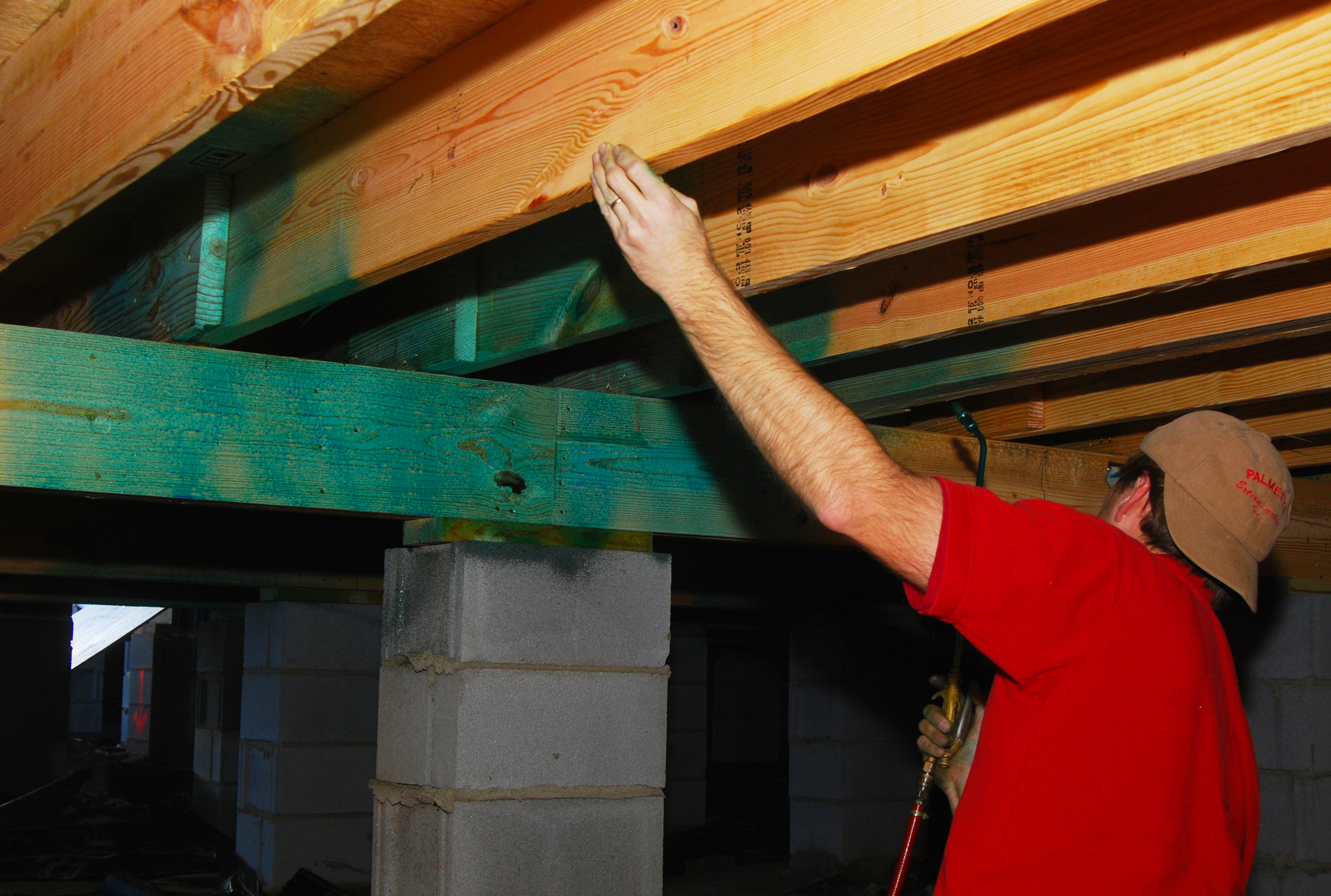
- Trim tree branches and shrubs near the house to reduce the termite’s access to the house.
- Remove any wood debris around the house.
- Check for termite activity regularly and if found, contact a professional exterminator for advice.
- Seal any cracks or crevices around the ceiling and walls where termites might enter.
- Reduce moisture around the house, as termites need moisture to survive.
- Make sure the attic and crawlspaces have adequate ventilation.
- Check for any wood-to-soil contact, and replace any wood that touches the soil.
- Treat wood surfaces with insecticides periodically to prevent termite infestations.
- Install a physical barrier, such as a metal sheet, to prevent termites from entering the ceiling.
Treatment of Termites in Ceiling
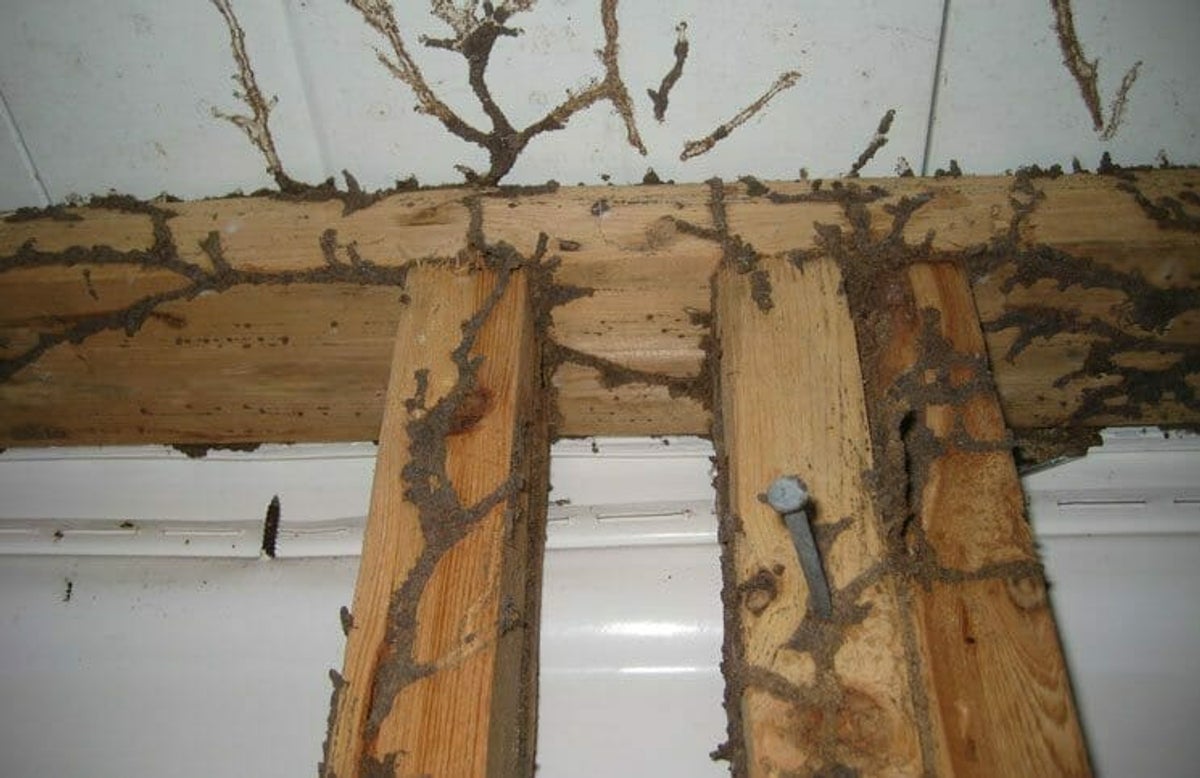
The treatment of termites in ceilings requires the use of appropriate insecticides. Pesticides such as fipronil, bifenthrin, and chlorpyrifos are commonly used to treat termites in ceilings. These insecticides are applied directly to the area that is infested by termites. In addition to direct application, these pesticides can also be applied to the walls and other parts of the home to prevent termites from entering. These pesticides can also be used in conjunction with other methods such as baiting and trapping.
Once the area is treated, it is important to keep it dry and clean. This is because termites thrive in damp and dark areas. It is also important to make sure that the area is well ventilated to prevent the spread of termites.
Finally, it is important to make sure that the area is inspected on a regular basis in order to check for any signs of termite activity. If any signs of activity are found, it is important to take immediate action in order to stop the infestation from spreading.
In conclusion, termites in ceilings can be treated using a variety of insecticides. It is important to keep the area dry and clean, as well as well-ventilated. Regular inspection of the area is also essential in order to detect any signs of termite activity.
Termites on Roof
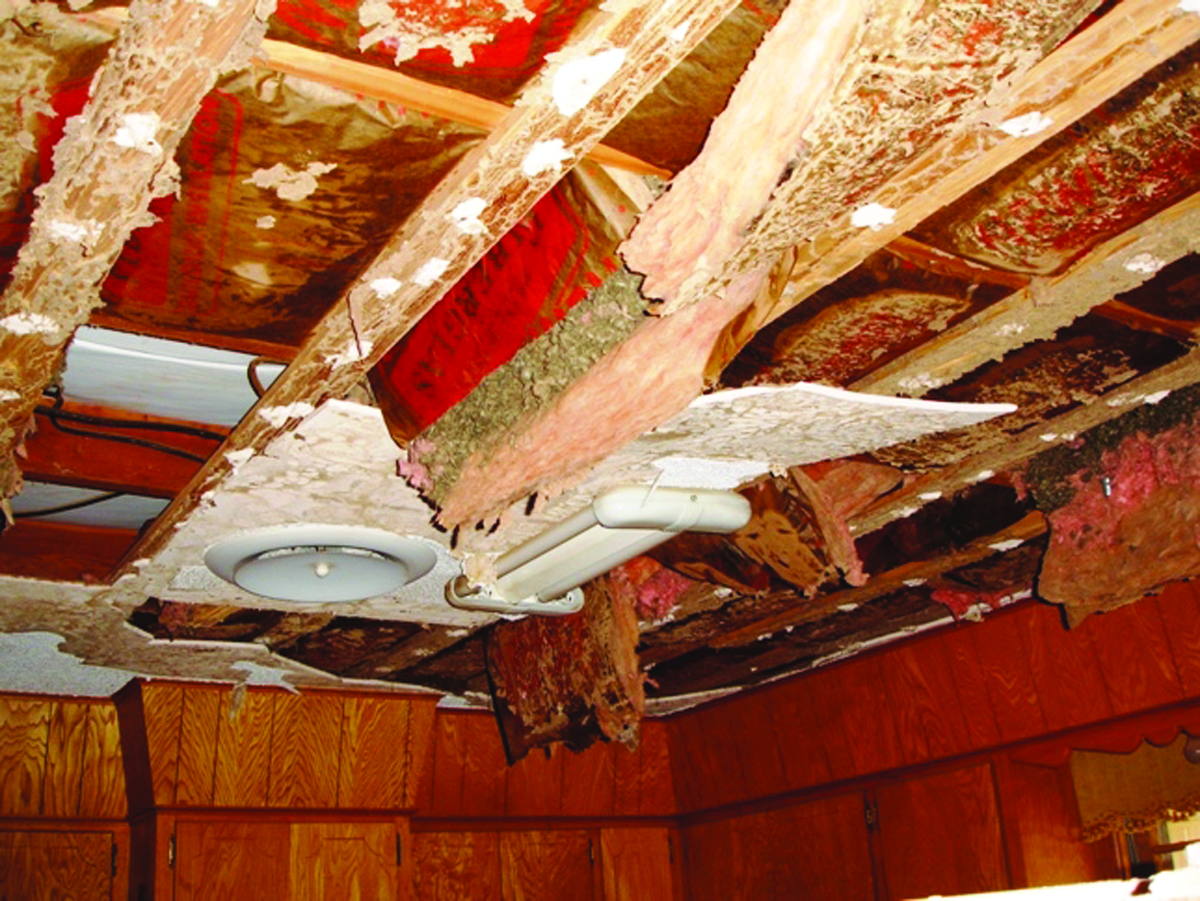
| Signs | Remedies |
|---|---|
| Gaps and cracks in roof | Repair the damage |
| Discarded wings from termites | Regularly inspect roof for damage |
| Mud tubes | Seal off any entry points |
| Visible swarmers | Treat the area with a termite control product |
Termites on the roof can be hard to detect due to their small size and the fact that they live in the shadows. However, there are some signs that may indicate they are present. Gaps and cracks in the roof are often the first sign of termite activity as they create pathways to the wood in the roof. Discarded wings from termites can also indicate they are present. These wings are the result of the reproductive termites leaving the colony in search of a mate. Mud tubes are another sign of termites and may indicate they are actively tunneling in the area. Lastly, visible swarmers may indicate a termite infestation.
Remedies for termites on the roof include repairing any damage caused by them, regularly inspecting the roof for damage, and sealing off any entry points. Additionally, treating the area with a termite control product can help to reduce the chances of an infestation.
Treatment of Termites on Roof
Termites can cause serious damage to a roof if they are not treated immediately. The most common way to treat termite infestations on roofs is to use a chemical barrier. This involves spraying a liquid insecticide around the perimeter of the roof and any other areas where termites may have access. This will form a barrier preventing them from entering the structure. In addition, homeowners should also inspect their roof for any signs of termite activity and repair any structural damage caused by the infestation. For more severe infestations, a professional pest control company may be needed to apply specialized insecticides to the roof and other areas of the structure. This will help to ensure that the termites are eliminated and prevent future infestations.
Prevention of Termites on Roof
| Method | Description |
|---|---|
| Roof Installation | Install metal flashing around the edges of the roof and seal all openings with a sealant to prevent termites from entering. |
| Ventilation | Ensure the roof is well-ventilated to reduce moisture, as termites thrive in moist environments. |
| Paint | Use paint with a high-level of anti-termite protection to coat the roof. |
| Wood Treatment | Treat all wood used in the roof with insecticide and use termite-resistant wood. |
| Pest Control | Schedule regular pest control treatments to inspect for and exterminate any termites on the roof. |
Regular inspection of the roof is also essential to spot any tell-tale signs of termites, such as mud tubes, holes in wood, or termite droppings. If any signs of termites are found, they should be treated immediately before they have the chance to spread.
Frequently Asked Questions
How can I tell if I have signs of termites in my ceiling?
Termites are difficult to detect as they live and feed inside wood. Signs of an infestation may include the presence of mud tubes, small holes in wood, or sawdust near wood structures. Winged swarmers may also be present. If you suspect you have termites in your ceiling, it is best to contact a pest control professional to assess the situation.
What are some signs of termites on my roof?
Termites can cause severe damage to roofs, so it is important to regularly inspect for any signs of infestation. Signs of termites may include small piles of sawdust, mud tubes, or cracked paint on wooden surfaces. Additionally, you may see small wings near windows or doors, as termites shed their wings after mating. If you suspect a termite infestation, it is important to contact a pest control professional right away.
How can I tell if I have termites in my roof?
Look for evidence of mud tunnels, which are pathways that provide moisture for termites. These tunnels may be visible on the exterior walls, near the roof line, or on the roof itself. Also check for wood that is soft, hollow, or has been damaged by termites. Other signs of infestation include discarded wings, which may be visible near windows and door frames. Additionally, listen for sounds coming from the walls or ceilings, such as clicking or rustling sounds. These are signs that termites are living in the structure. If any of these signs are present, contact a pest control specialist for inspection and treatment.
What steps can I take to protect my home from termite ceiling damage?
Eliminate moisture in and around your home by fixing leaking pipes and roofing, clearing gutters, and keeping plants and trees away from the foundation. Seal any cracks or crevices in your home’s foundation and walls, and keep wood away from soil contact. Inspect the interior of your home and check the ceilings for signs of termite damage. Have a professional inspect your home yearly to ensure termite activity is not present. Use chemical treatments in the form of termiticide or boric acid to treat and prevent termite infestations. Consider installing termite-resistant building materials such as pressure-treated wood or composite materials for framing and siding.
How do I know if I need to take action to prevent termite damage in my ceiling?
Signs of termite damage to a ceiling may include buckling, sagging, or visible holes. Termites may also create mud tunnels on the ceiling surface. If you notice any of these signs, it is important to take action to prevent further damage. It is recommended to contact a pest control professional as soon as possible to inspect the ceiling and provide an appropriate treatment plan.
Conclusion
It is important to take preventive steps to protect your home from termite ceiling damage. Regular inspections by a certified pest control professional should be carried out to detect any signs of infestation. Make sure that any cracks or crevices in your ceiling are sealed, and that any water damage is fixed. Additionally, all sources of moisture should be eliminated, and structural repairs should be made to ensure that your ceiling is strong and sturdy. Following these steps will help ensure that your home remains safe and secure from the dangers of termite ceiling damage.

